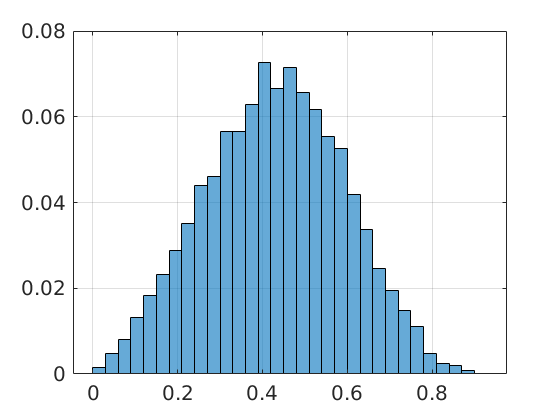A Peculiar Lower Bound to the Spectral Radius |7 March. 2020|
Given any  , we have the following lower bound:
, we have the following lower bound:

which can be thought of as a sharpening of the bound  .
In the case of a singular
.
In the case of a singular  , the bound is trivial
, the bound is trivial  , but in the general setting it is less obvious.
To prove that this holds we need a few ingredients. First, we need that for any
, but in the general setting it is less obvious.
To prove that this holds we need a few ingredients. First, we need that for any  we have
we have  .
Then, we construct two decompositions of
.
Then, we construct two decompositions of  , (1) the Jordan Normal form
, (1) the Jordan Normal form  , and (2) the Singular Value Decomposition
, and (2) the Singular Value Decomposition  .
Using the multiplicative property of the determinant, we find that
.
Using the multiplicative property of the determinant, we find that

Hence, since  it follows that
it follows that  and thus we have the desired result.
and thus we have the desired result.
 |
(Update 8 March) It is of course interesting to get insight in how sharp this bound is, in general. To that end we consider random matrices |
(GvL13) G.H. Golub and C.F. Van Loan: ‘‘Matrix Computations’’, 2013 John Hopkins University Press.
 with
with  . When we compute the relative error
. When we compute the relative error  for
for  samples we obtain the histogram as shown on the left. Clearly, the relative error is not concentrated near
samples we obtain the histogram as shown on the left. Clearly, the relative error is not concentrated near  . Nevertheless, it is an interesting bound, from a theoretical point of view.
. Nevertheless, it is an interesting bound, from a theoretical point of view.